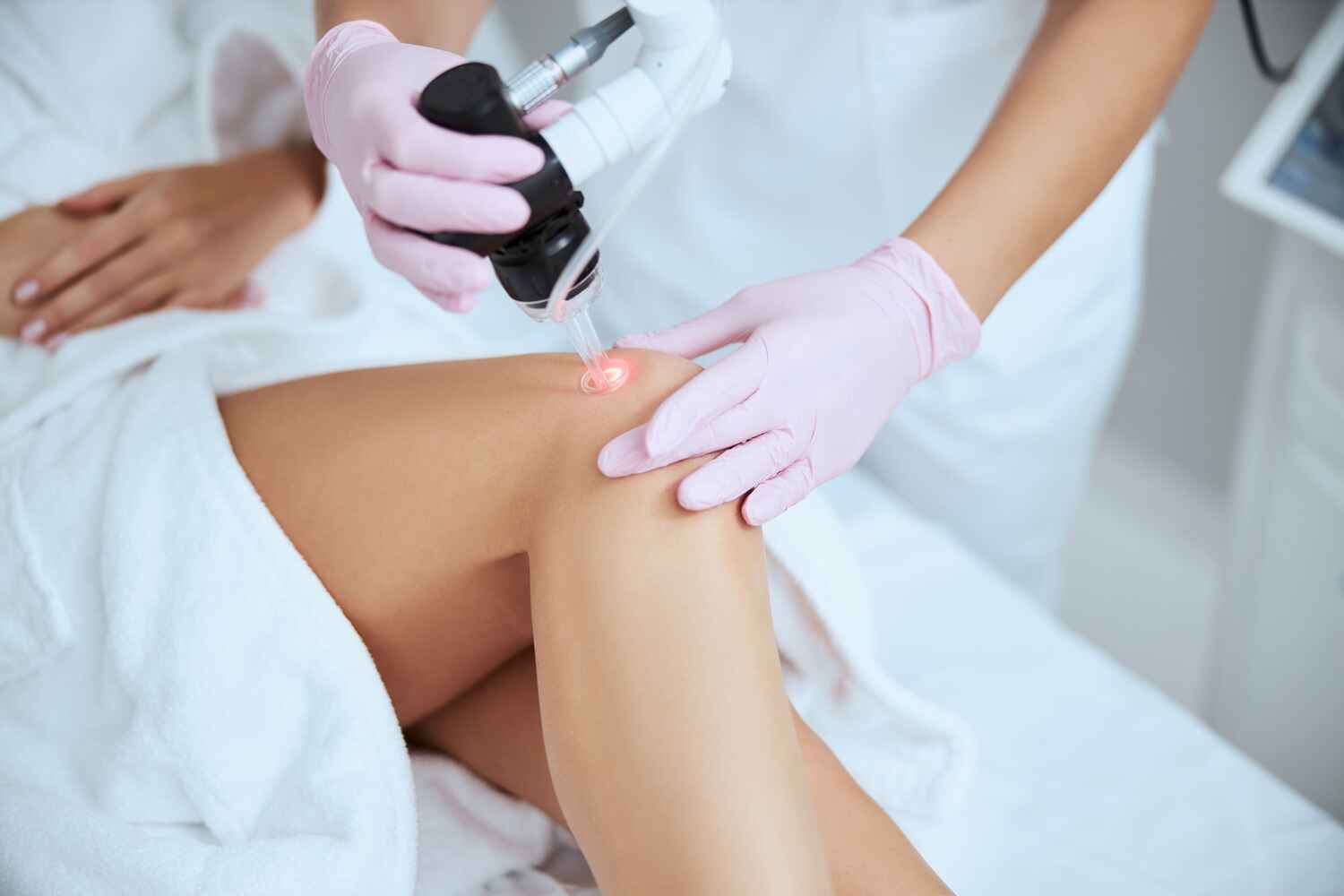Spider Veins
What Are Spider Veins and What Causes Them?
As we age, nearly all of us develop spider veins, sometimes called thread veins, eventually. These small, damaged veins are visible and disrupt your skin tone with a jarring and unsightly blemish. These occur naturally because the valves in these veins have failed.
More About Spider Veins
When working correctly, there’s a one-way valve in your veins in order to make sure your blood is flowing back to your heart efficiently. As valves weaken or fail entirely, the veins lower in your body from the weakened valves experience ever more pressure and become more likely to fail in turn.
This is why spider veins are most common in legs; these veins have to support all the blood above them and are typically under the most strain. As these overtaxed veins fail, they enlarge and become visible through the skin, becoming unsightly and embarrassing.
Varicose Veins
It’s easy to lump all unsightly visible veins into a single category, but there are important differences between varicose and spider veins. Spider veins are typically asymptomatic and only an aesthetic concern, as these are small, surface-level veins that play a relatively minimal role in returning blood to your heart. Varicose veins are much larger, deeper veins. They look more like tangled roots than spider web fragments. Varicose veins are a much more serious condition and can cause significant swelling in the feet or ankles, pain, itching, and other issues related to poor circulation. While we can treat the aesthetics of varicose veins, you may want to visit your doctor to address any underlying circulatory issues, as our treatments won’t necessarily improve your circulation or underlying conditions.


Treatments Available At
Meg & Co.
Clarity II Vascular Laser Treatment
With this safe and effective treatment, we can totally eliminate spider veins without causing any damage to your skin or leaving any scarring behind. We can even reduce or eliminate the appearance of Varicose veins, though they may take one to three weeks to fully disappear after treatment due to their deeper placement and larger size.
Safety Considerations
If you have a significant circulatory problem, aesthetic treatment of varicose veins could be contraindicated. Unless you have a known circulatory disorder or disease, this shouldn’t be a major concern, as such issues are rare and aesthetic treatment is safe in virtually all cases. Spider veins are always safe to treat with aesthetic medical lasers.
Maximizing Results
After you’ve had your spider veins treated, try to avoid excessive sun exposure for 3 to 7 days. You may also wish to use compressive stockings when convenient in order to reduce any future spider veins from developing. While aesthetic lasers are excellent at treating spider veins, they aren’t a preventative option. Strength-building exercises (especially for your calves and thighs) and compression legwear are good ways to make your results last as long as possible.
FAQ
How effective is spider vein reduction?
Laser-based spider vein reduction is extremely safe and effective. Our patients see results in removing smaller spider veins within minutes or hours. Larger veins may take days. Varicose veins could take up to 3 weeks, depending on their size. Laser therapy destroys spider veins very effectively and quickly, compared to other options, like compressive legwear and exercise (neither of which are very good at reducing the appearance of existing spider veins).
What’s the difference between spider veins and varicose veins?
Spider veins are thin and near the surface. Varicose veins are thicker and deeper in your flesh. Both are veins with failed valves that are no longer efficiently returning blood to your heart.
How many sessions will I need?
Typically, a single session is sufficient to remove spider veins. However, if you have many spider veins, you may need several sessions to treat them all. Consult with your technician or nurse when you visit to find out what will be best for your unique situation.
